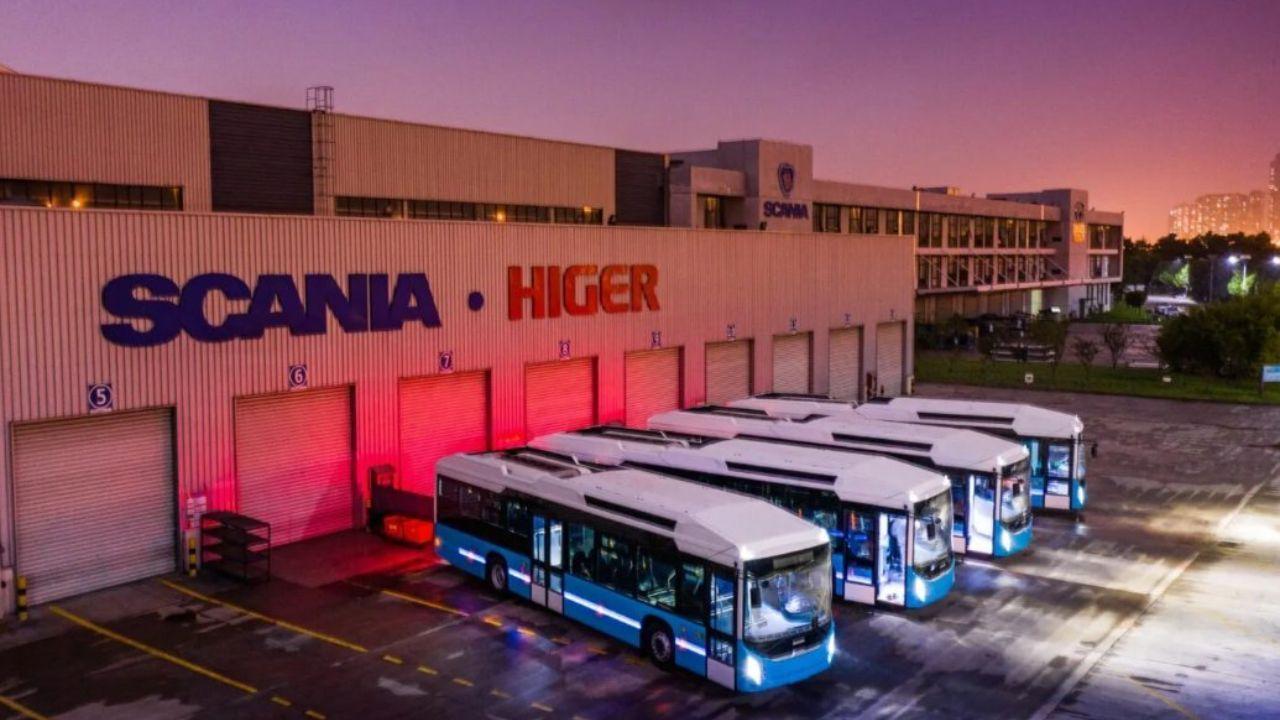
Post by : Avinab Raana
Photo : X / China International Bus Expo
Zero Emission Transit Takes a Big Leap
Scania has launched a new phase in its clean transport rollout by supplying electric buses to Norway’s Tide Buss, stepping up efforts toward zero emissions in public transit.Tide Buss, one of the largest operators of buses in Norway, is integrating Scania’s electric models into its fleet as part of the country’s broader push toward sustainable mobility. The move reflects increasing pressure and public expectation for cities and transit operators to reduce carbon footprints and switch away from fossil-fuel powered buses.
This partnership between Scania and Tide Buss promises to deliver cleaner air, quieter streets, and lower operational emissions for Norwegian cities. Electric buses built for cold climates, with reliability and battery performance in low temperatures, are central to this initiative. The deployment marks more than just a technology upgrade; it signals a deeper commitment to transforming public mobility systems across urban areas.
Norway’s Ambitious Transit and Emissions Goals
Norway has been at the forefront of adopting electric vehicles across transport modes, including personal cars, ferries, and now buses. National policies, municipal mandates, and environmental targets have set strict emissions goals, with many cities aiming to phase out diesel buses and ensure that public transit becomes entirely zero-emission in core zones. Sea level air quality, noise pollution, and climate change drives policy urgency.
Tide Buss has been an active participant in this shift. As a major operator in both northern and southern regions of Norway, it faces both rugged conditions and urban demands. Cold weather performance, battery heating, reliable charging infrastructure in winter and on routes with steep gradients are especially relevant. The adoption of Scania’s electric buses thus reflects both the technical confidence and logistical readiness needed to make such transitions succeed.
Scania’s Electric Bus Technology
Scania’s electric buses are designed to perform well in demanding environments. The models delivered to Tide Buss are equipped with robust battery systems with sufficient thermal management to maintain performance in subzero climates. Charging infrastructure is integrated with depot charging and possibly opportunity charging points, enabling buses to run full daily schedules without major performance loss.
Additionally, Scania integrates drive systems and powertrains optimized for efficiency, resistance to wear in cold, and regenerative braking to recapture energy during downhill runs. Cabin heating systems are designed to minimize battery drain while maintaining passenger comfort, a critical factor for operations in Norway. Operators will likely monitor energy usage, heating load, and route-based performance closely to ensure that theoretical range translates into real operational reliability.
Deployment: Where and How the Buses Will Run
The electric buses will be deployed on selected routes operated by Tide Buss, likely in regions with high ridership, city centres, or areas where environmental impact is greatest. Cities where traffic congestion and air pollution are prominent will benefit from reduced particulate emissions and noise.
Tide Buss will integrate these buses into its scheduling systems, depots, and charging infrastructure. Driver training, route optimisation for electric operation, and maintenance protocols tailored to electric powertrains will be implemented. The first buses are expected to hit the roads in the coming months, with more units rolled out over time as infrastructure scales and local data on range, performance, and reliability accumulates.
Infrastructure: Charging and Power Support
Deploying electric buses demands more than just vehicles; it demands robust supporting infrastructure. Charging stations in depots must handle high power draws overnight and possibly opportunity chargers along routes. Electrical grid capacity, local utility cooperation, and reliable access to renewable or low-carbon power sources matter to ensuring the emissions savings are real.
For Tide Buss and Scania, ensuring that the buses are charged under clean power regimes, especially hydropower, which Norway has in abundance will maximize the environmental benefits. Infrastructure planning must consider cold weather effects on charging speed, battery pre-conditioning, and scheduling to avoid lateness or range shortfall.
Operational and Economic Implications
Electric buses often cost more upfront than diesel-powered ones, but lower operational costs tend to balance total cost of ownership over time. Scania’s electric buses for Tide Buss are expected to provide savings in fuel (electricity vs diesel), reduced maintenance (fewer moving parts), and possibly lower noise and vibration-related wear. Energy efficiency gains through regenerative braking and optimized route scheduling will play a role.
From Tide Buss’s perspective, reliability and lifecycle costs will be central in evaluating success. Cold climate operations, heating loads, and battery degradation are risk factors. Ensuring that these buses can maintain schedules, passenger comfort, and service frequency in winter is essential to public trust.
Environmental and Social Benefits
Replacing diesel buses with electric ones helps reduce CO₂ emissions, particulate matter, nitrogen oxides, and overall noise pollution. For communities in urban areas, this means cleaner air, quieter streets, and a better quality of life. Particularly in densely populated zones and near schools, hospitals or residential areas, electric buses make a noticeable difference in health outcomes and public satisfaction.
Socially, this transition also helps governments meet climate targets, maintain international environmental commitments, and provide public transit options that align with citizen expectations. Electric buses may also help attract ridership if perception around clean, quiet, modern transit is leveraged through marketing, amenities, and comfort.
Cold Weather and Infrastructure Readiness
Norway’s cold, snowy winters and steep, hilly terrain pose particular challenges for electric bus operation. Battery efficiency drops in cold weather; heating systems must draw on battery power; roads may be icy, affecting rolling resistance; charging station icing or snow cover and cabling robustness must be addressed.
Charging infrastructure must be resilient to harsh weather, including heaters or shelters for chargers, reliable grid connections, and redundancy. Battery management systems, thermal controls, and maintenance must account for higher stress. Scania and Tide Buss will need local data and iterative feedback to refine operations as buses go into service across seasons.
Policy Support and Incentives
Norwegian and local policies have strongly supported electrification of transport. Subsidies, zero or low emissions zones, environmental taxes on diesel vehicles, and public procurement preferences are all tools in the mix. For tide Buss, regulatory incentives, grants, or favorable financing for electric buses will help offset higher initial investment.
Policies supporting renewable electricity, grid upgrades, and clean energy integration are also critical. If buses are charged with electricity generated from fossil fuels, emissions savings are reduced. Norway already has abundant clean power, but ensuring that dispatcher and charging infrastructure connect effectively to clean sources ensures the environmental goals are met.
Monitoring and Performance Metrics
As the buses are deployed, Scania and Tide Buss will monitor metrics such as energy consumption per kilometer, range under different conditions (cold, full load, hilly), reliability (uptime, maintenance events), passenger comfort, and total operating costs. Feedback from drivers, passengers, maintenance crews will be important.
Performance will also be evaluated seasonally to see how cold weather impacts range and heating load. Adjustments in route planning, schedule timing, charging schedules or battery thermal management software may be necessary. Collecting real-world data helps refine future batches of electric buses and may influence fleet expansion decisions.
Implications for Urban Mobility in Norway
Successful deployment of Scania’s electric buses with Tide Buss could accelerate Norway’s shift toward full zero emission public bus fleets. As citizens grow accustomed to quieter, cleaner buses, expectations of service quality and environmental performance will rise. Other transit operators may follow suit, leading to greater scale, falling costs, and improved supplier competition.
The rollout may encourage more innovation in local supply of electric bus components, maintenance, charging hardware, and public policy. Municipalities or regional governments might prioritize infrastructure investment in charging depots, grid upgrades, and route electrification. Urban mobility as a whole could shift toward prioritizing clean transport, not just for environmental gains but for livability, health, and quality of life.
Driving Forward a Greener Transit Future
Scania’s delivery of electric buses to Tide Buss is more than a fleet upgrade; it is a statement that public transit in Norway is accelerating toward zero emissions as a core element of urban mobility. While challenges of cold weather, infrastructure readiness, and cost management remain, this deployment shows that the pieces are falling into place: technology, policy, and societal support are aligning.
For Norwegian cities, these buses may become familiar in streets where soot, noise, and diesel smell once dominated. For riders, the change will mean a smoother ride, quieter surroundings, cleaner air. For public officials, the success of this initiative becomes a benchmark, a tangible demonstration of what sustainable transport can deliver.
Scania and Tide Buss don’t just pave the road ahead—they are helping build the path to a greener, quieter, more resilient mobility future. If the initial deployment proves reliable and efficient, Norway’s example may inspire other cold-climate, high-mileage transit systems to follow suit.
Scania electric buses, Tide Buss Norway, Zero emission transit



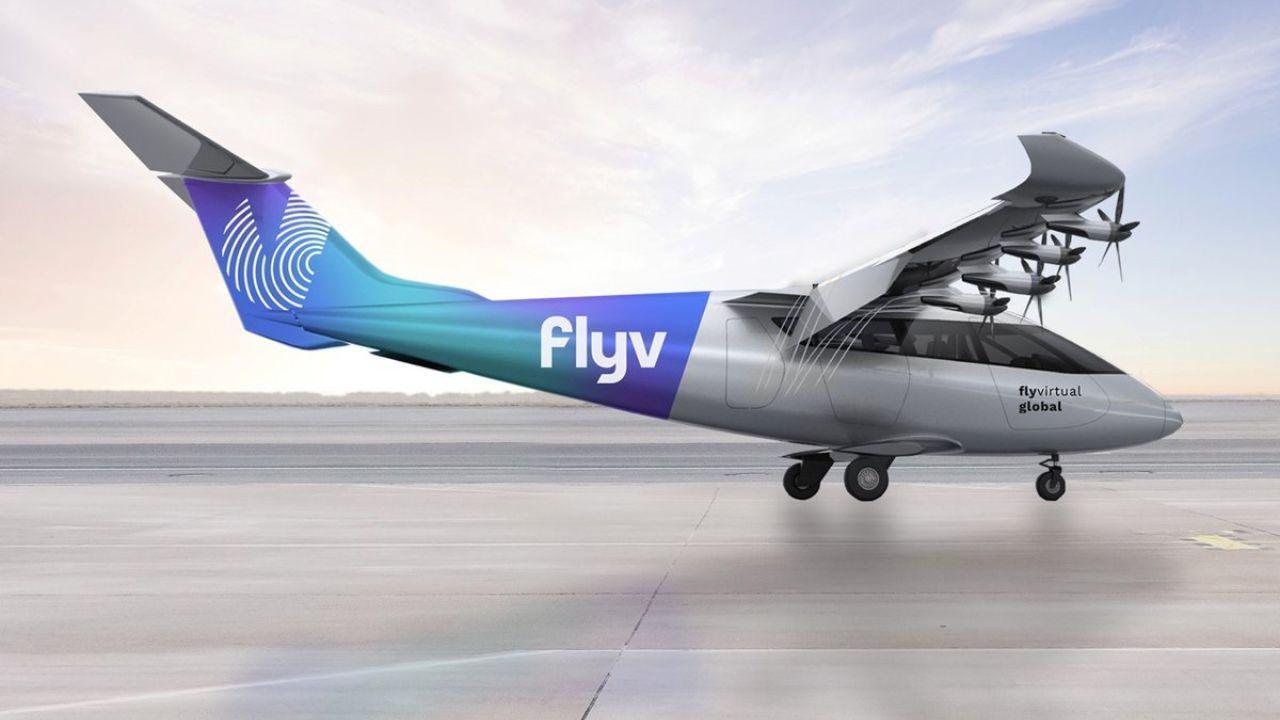
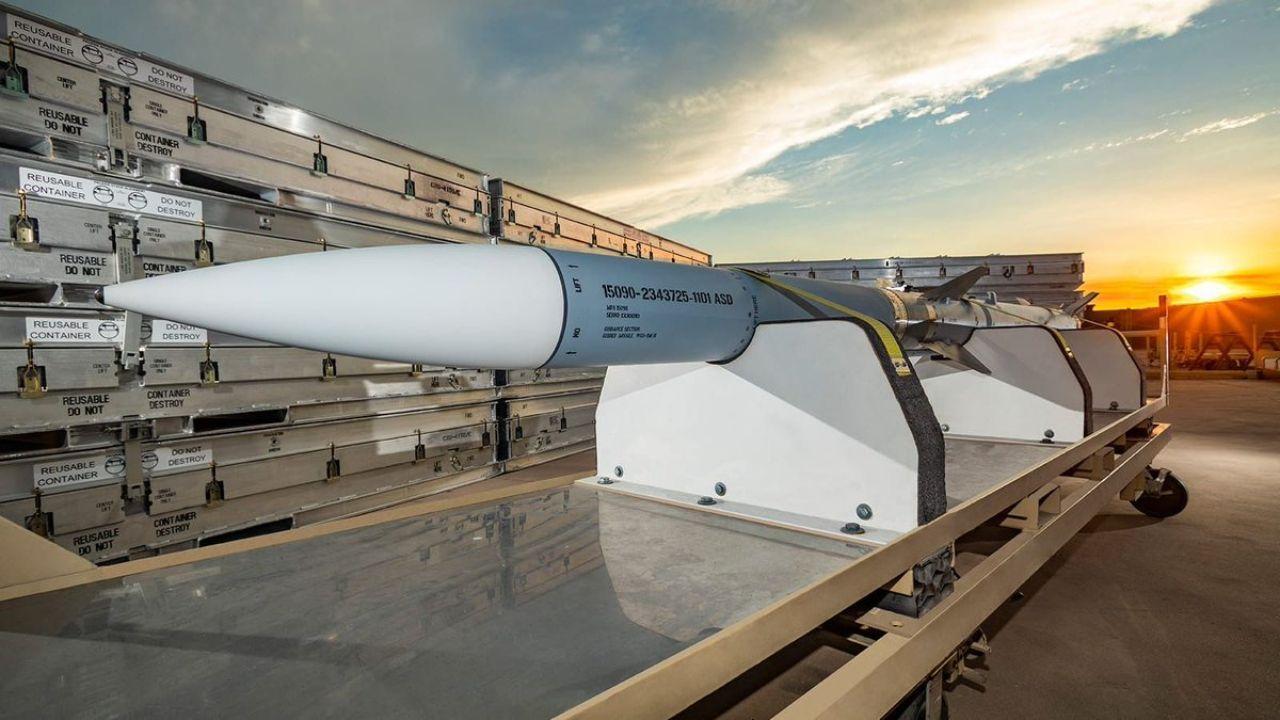
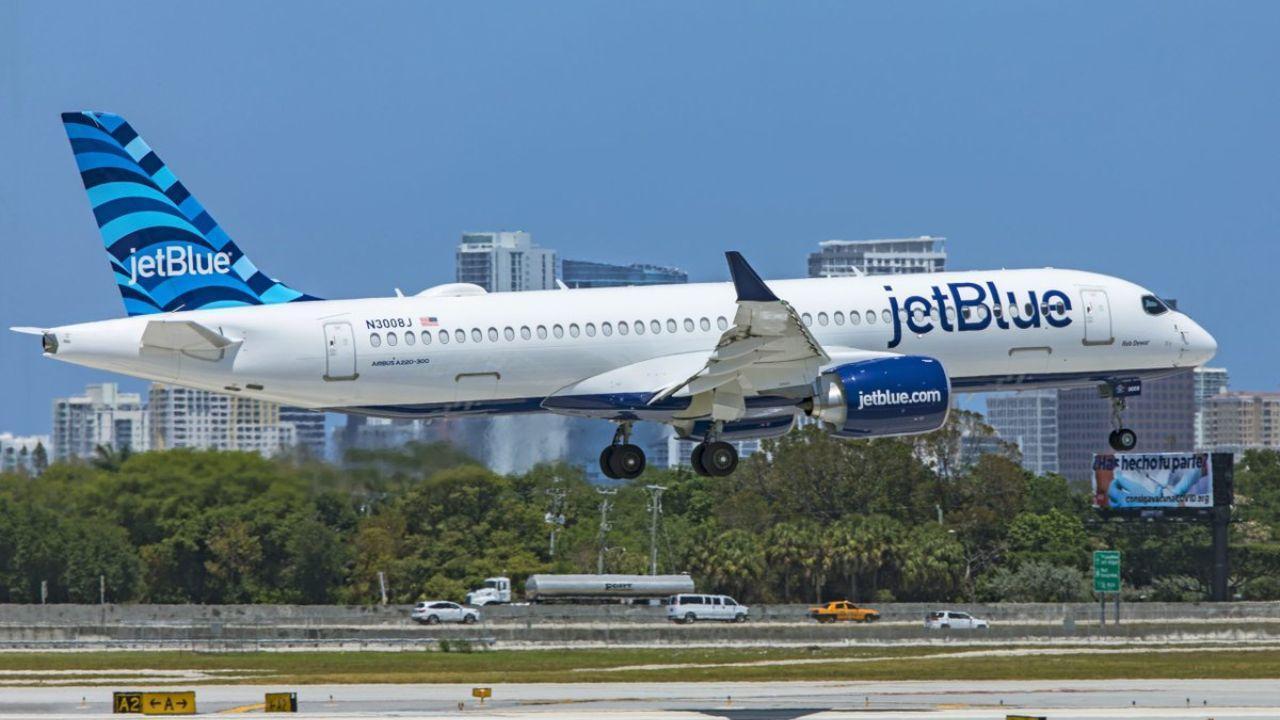
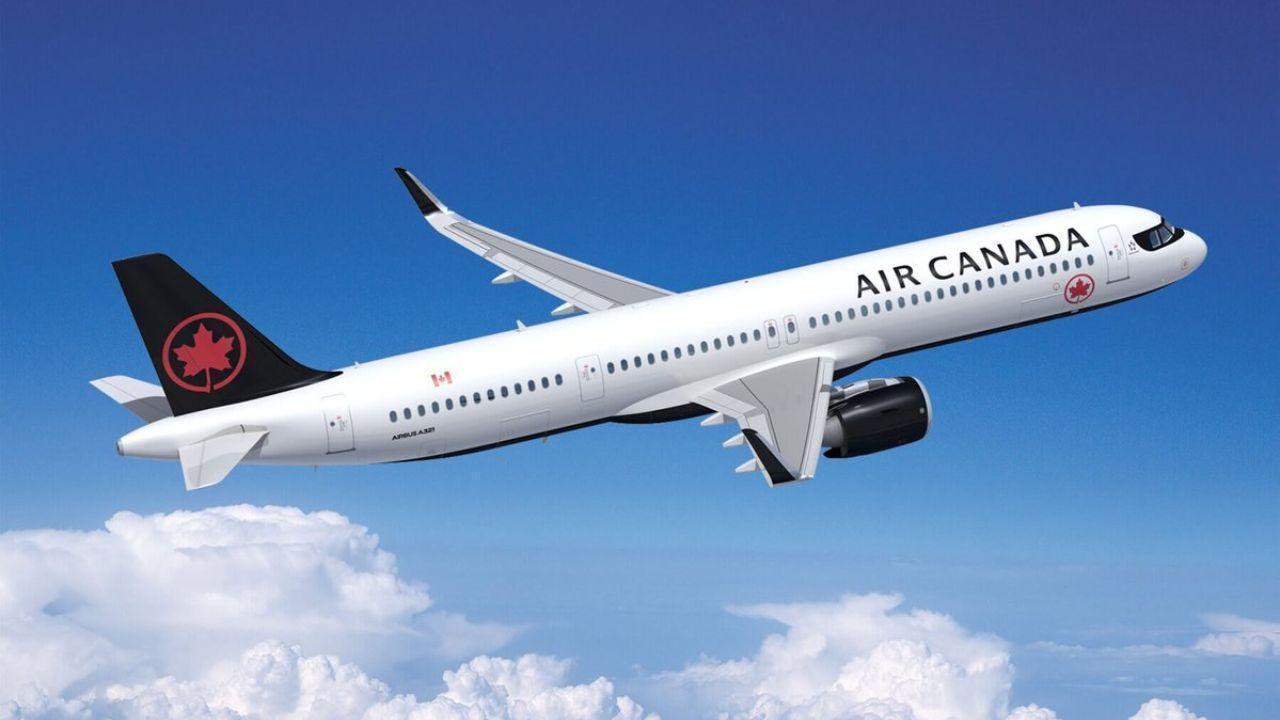


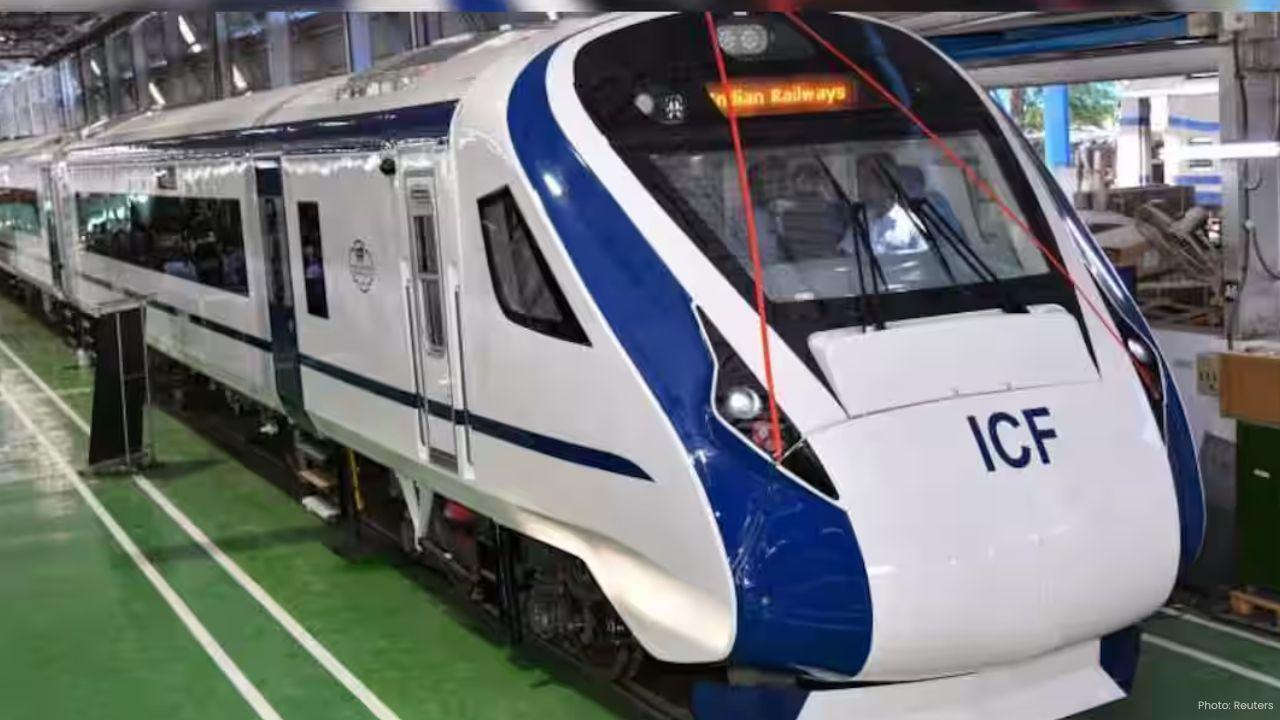
Vande Bharat Passenger’s Spitting Incident Sparks Nationwide Debate
A passenger spitting on the Vande Bharat Express floor sparks online debate on civic sense cleanline

OnTrac Introduces Ground Essentials Service for Affordable and Reliable Shipping
OnTrac launches Ground Essentials a new service offering cost-effective parcel delivery with up to 3
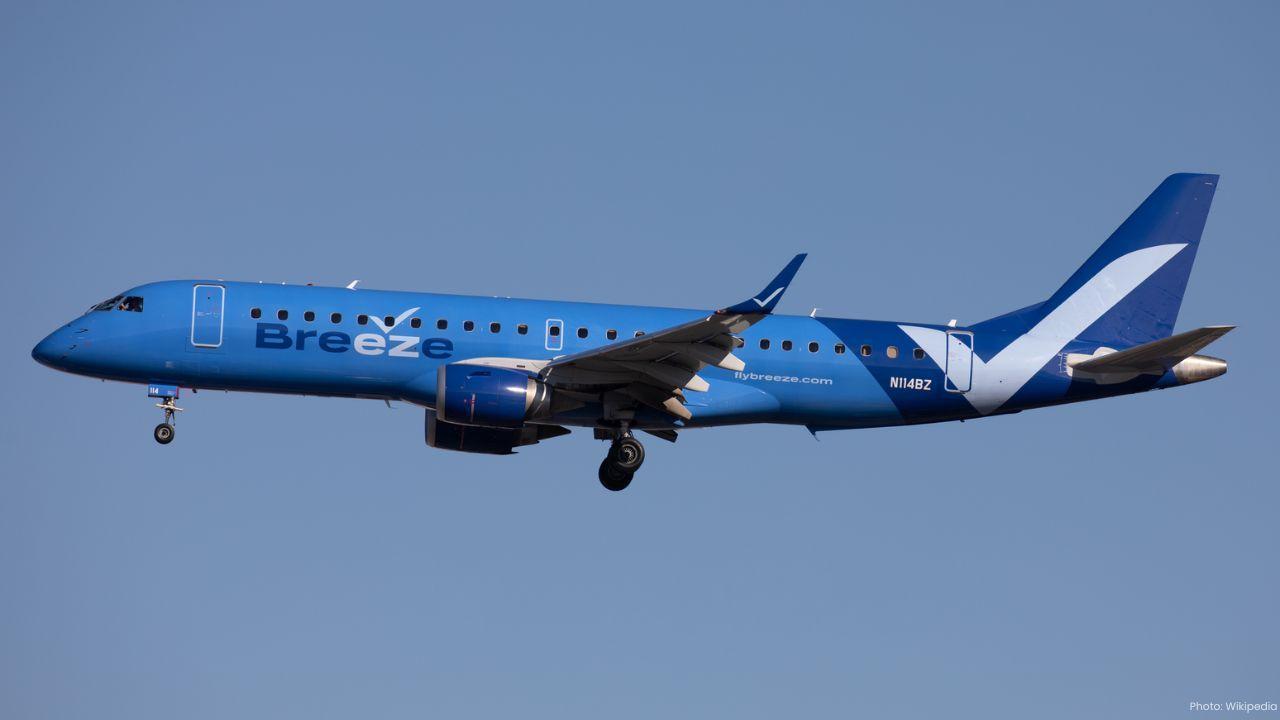
Breeze Airways Earns Five-Star Status as North America's Top Airline
Breeze Airways achieves a five-star rating marking it as North America's leading major airline for 2

Royal Enfield Cuts Prices on 350cc Bikes After GST Rate Reduction
Royal Enfield reduces prices on 350cc motorcycles from September 22, 2025, following GST rate cuts,
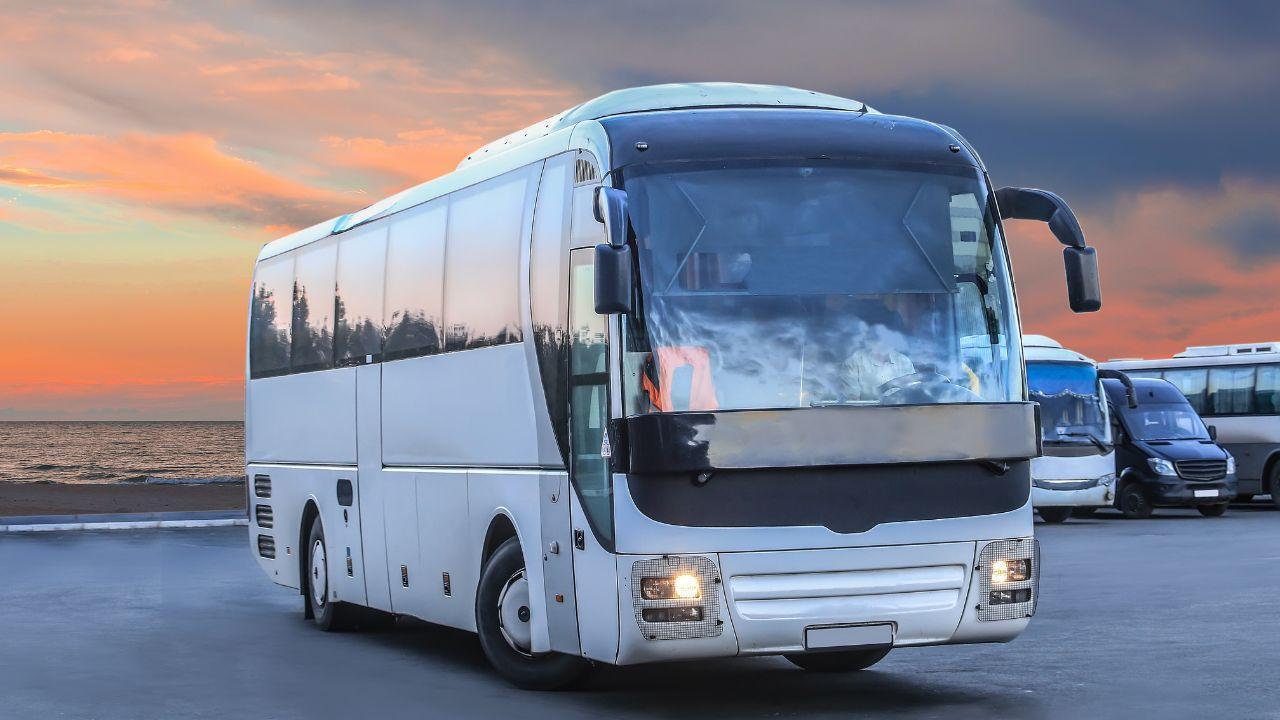
Viva ACP Boosts Bus Safety with Strong Lightweight Aluminium Panels
Viva ACP’s panels make buses safer lighter and stronger—saving energy and protecting passengers with
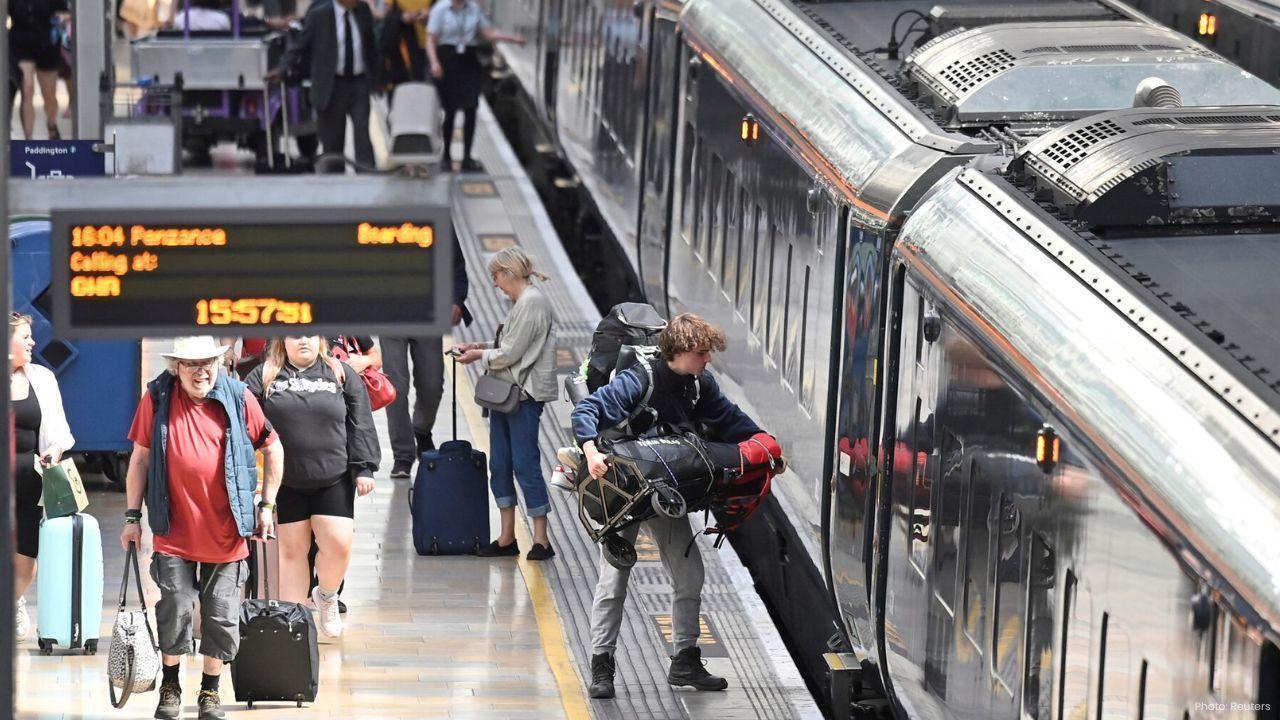
Steelpaint’s Stelcatec Coating Gets UK Rail Approval
Steelpaint’s Stelcatec coating approved by UK Network Rail for durable, fast, and effective protecti